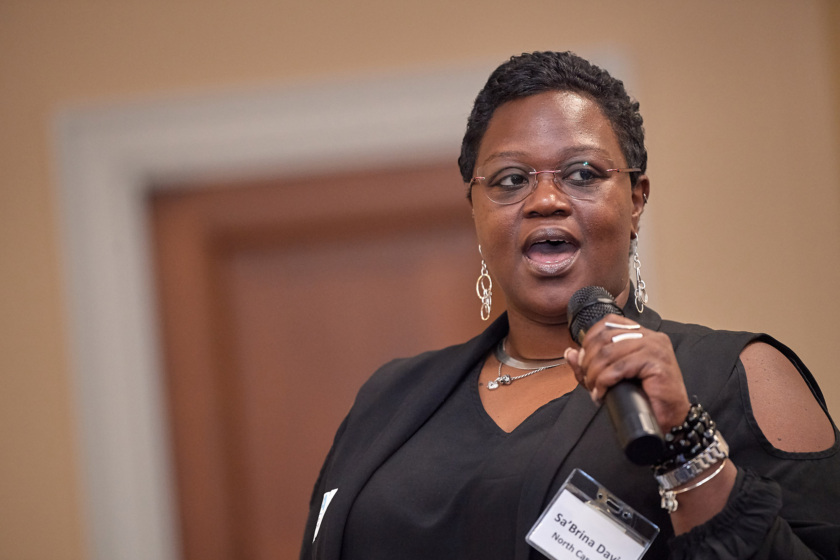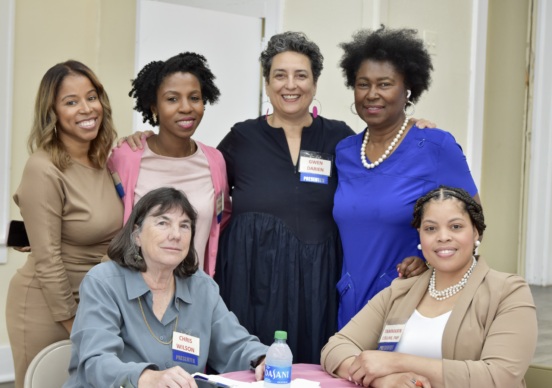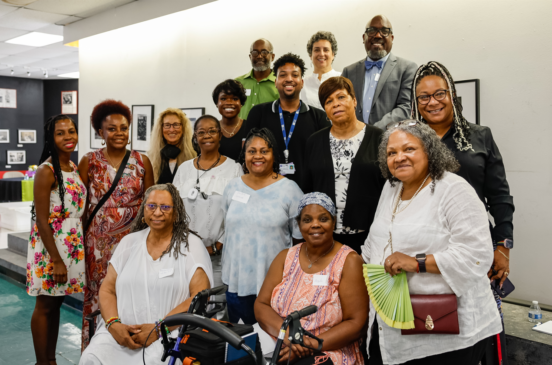Insurance, Needs Navigation
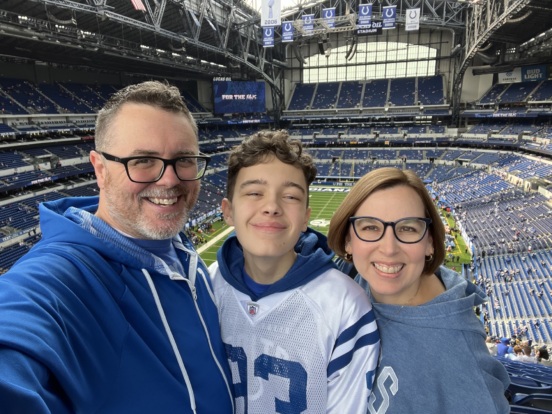
Sa'Brina Davis, NPAF volunteer from North Carolina, shares the moment she became an advocate.
My name is SaBrina Davis. I want you to think of my family whenever you adjust your rear-view mirror.
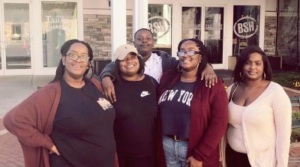
At one time, to me, cost of care meant expensive meds, expensive procedures. As a former employee of a highly recognized insurance company, my family was covered by insurance with low premiums with low to no out-of-pocket responsibility. I slept well knowing if any member of my household became ill the road to wellness was one call away. Show our id card, see the doctor and off to the pharmacy we go. But after company layoffs, my family went from being covered by top notch health insurance coverage to seeking health care solutions as uninsured patients.
As a child listening to my mom and great-grandma talk I would often hear the phrase “we can’t afford to get sick.” As a mother of 5 I quickly learned this was not just a catchy phrase.
Unemployment payments were ending and I had to accept some form of employment. For the first time I was looking for a job with a company that would match my former benefits – not my pay. The first company that hired me could not match my pay nor could I afford the high deductible family plan premiums and still survive.
With my kids bundled tight their coats zipped to their ears, we went for a ride….to an insurance company to make a payment. But we weren’t on our way to pay our health insurance. We were on our way to pay the car insurance.
After the payment was made I got back into the car. As I adjusted my rear-view mirror I glanced at myself and caught a glimpse of my most valuable possessions: my children. In that moment my heart dropped because there was no way I considered a vehicle worth more than the health and well-being of my children.
I will never forget that ride home because I felt helpless. I had decided to pay a car insurance premium but could not afford the insurance to maintain the health and well-being of my children. I remember being the first car at the red light and I thought, If I run this light we won’t need insurance and this car damn sure won’t need insurance. Suicidal no because I could never act on such a thought. But the scary part of this thought process shows how the cost of health care impacted my ability to have rational thoughts. Feeling anxious and depressed to the max I knew this could not be our wellness plan. I was determined to find employment that would allow me to provide health care solutions for my family.
One morning I learned there was a job fair hosted by a health care consulting firm at a local hotel, but it was also my day to cover car pool. I wasn’t sure how I was going to make it work, but no matter what, I had to take a shot at landing this position. My healthcare woes would be laid to rest.
With 7 kids in the car I dashed to the open house. Through that rear-view mirror, I instructed my kids: No arguing, no fussing, do not get out this car, and make sure your little brother does not start crying. I’ll be right back, we need this.
Spoiler alert: I landed that job. On March 30th I will celebrate my 14th anniversary with the company that allowed me to provide health care solutions for my family once again.
This sounds like a happy ending right? If only…
In my new role as a patient coordinator, I referred patients to foundations and programs that would assist with their out-of-pocket responsibility towards a biologic drug. A trial-based financial assistance program was offered to patients; however, this patient assistance program was only approved for one year.
This alarmed to me. Even if the prescribed therapy improved patients’ quality of life, how could patients afford to continue therapy after the trial year? If patients could not afford the therapy before receiving financial assistance, what could change after that year?
It was not fair! Patients who experienced and improved quality of life at some point may lose financial assistance therapy. I remembered my feelings of anxiety when I couldn’t afford health insurance. When speaking with a patient who was approved for the one-year financial assistance, he asked, “What happens after this assistance runs out? Will there be another program available next year?”
The gentleman on my phone must have felt my apprehension to say we will keep you informed of patient assistance program initiatives as they become available. He was thankful for the assistance and kindly ended our call by saying, AS LONG AS THERE IS A POSSIBILITY I HAVE HOPE.
I marched right into my manager’s office. I explained what happened and slightly demanded to know what type of assistance would be extended beyond the year of assistance in place. My manager listened to my concerns and replied, “We can only offer the resources available.”
I kindly replied, “Well something needs to be done about this.” The look she gave me was priceless. I began my search for organizations that advocated on behalf of patients and found National Patient Advocate Foundation. The mission statement of the organization was a perfect fit for the type of representation I wanted to provide patients and care givers. Through NPAF I found a platform where I could exude a stronger voice of representation for patients.
SaBrina Davis is a grassroots volunteer with NPAF.
Insurance, Needs Navigation
Equity, Policy Consortium
Equity, Palliative Care
Equity, Health Literacy, Insurance, Policy Consortium
